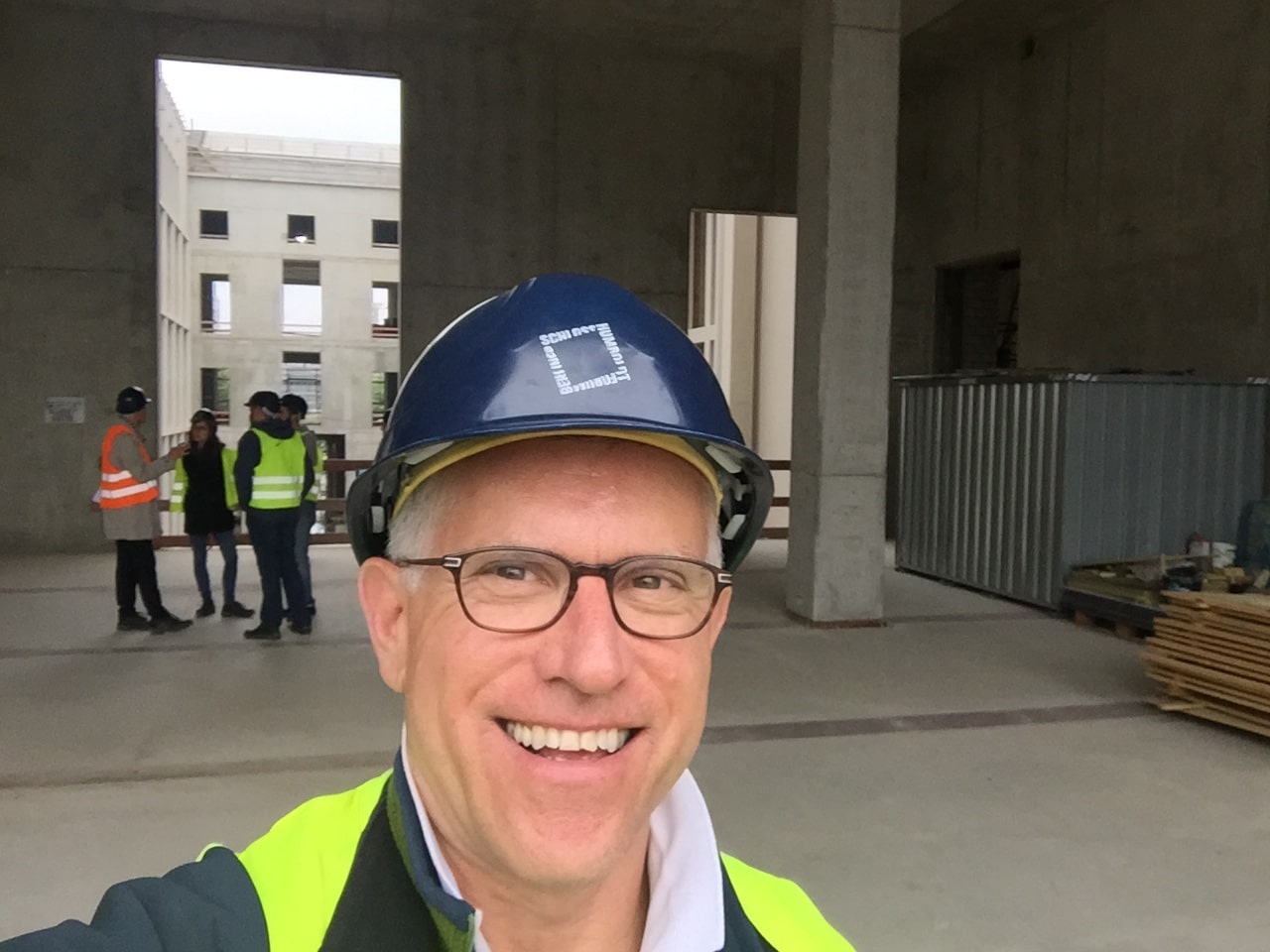Berlin’s Humboldt Forum: A Baroque Palace Reborn
Introduction: New Cultural Landmarks in Berlin
Despite international travel restrictions in 2020–2021, Berlin saw the completion of several major cultural projects. One of the most prominent is the reconstruction of the Berlin Palace, now home to the Humboldt Forum — a bold blend of history, architecture, and cultural ambition.
The Humboldt Forum: A Palace with a Complex Past
A Symbol of Pre-War Berlin
The new palace evokes a longing for Berlin’s pre–World War II elegance, before the devastation of bombings and the shadows of the Nazi era.
Completed in late 2021, the Humboldt Forum aims to expand Museum Island, showcasing global culture in the spirit of explorer Alexander von Humboldt.
A Perfect Viewing Point
For one of the best perspectives, stand between Palace Bridge and Zeughaus (now the German Historical Museum). From here, you can admire the palace’s baroque façade surrounded by Berlin landmarks — the Cathedral, the Old Museum, and the Unter den Linden boulevard leading to the Brandenburg Gate.

From Destruction to Reconstruction
The 1950 Demolition
In 1950, the East German government demolished the original 18th-century palace — not due to severe wartime damage, but to create an open parade ground for military displays and to impress Soviet leadership.
The Palace of the Republic Era
In the 1970s, the Palace of the Republic replaced it, aiming to distract from the grayness of communist life. Opinions still differ on its architectural value.
The Decision to Rebuild
After German reunification, rebuilding the palace seemed improbable until a private initiative championed the cause. Architect Franco Stella combined reconstructed baroque façades with modern design elements.
Architectural Highlights of the New Palace
The Riverfront Controversy
On the Spree River side, Stella’s modern brutalist façade contrasts sharply with the ornate baroque look. This modern approach was necessary, as the original riverside architecture was a patchwork of historical fragments that couldn’t be authentically recreated.
Courtyards and Passageways
Inside, two courtyards and a Florentine-style passage harmoniously blend the new and old, creating inviting public spaces.
Portal No. 4: A Tale of Two Palaces
Look closely at Portal No. 4 near the Zeughaus — a reconstruction of the original. But the story takes a twist: just behind the palace stands a modern reddish building (former East German government offices, now a business university) that contains the original Portal No. 4.
The East German regime preserved it as a symbolic relic because Karl Liebknecht proclaimed a communist Germany there on November 9, 1918. Today, Berlin uniquely has two versions of the same portal.
Visiting the Humboldt Forum Today
Whether for its exhibitions, architecture, or historical layers, the Humboldt Forum is now a must-see in Berlin. It stands as both a reminder of the city’s turbulent past and a statement of cultural renewal.
